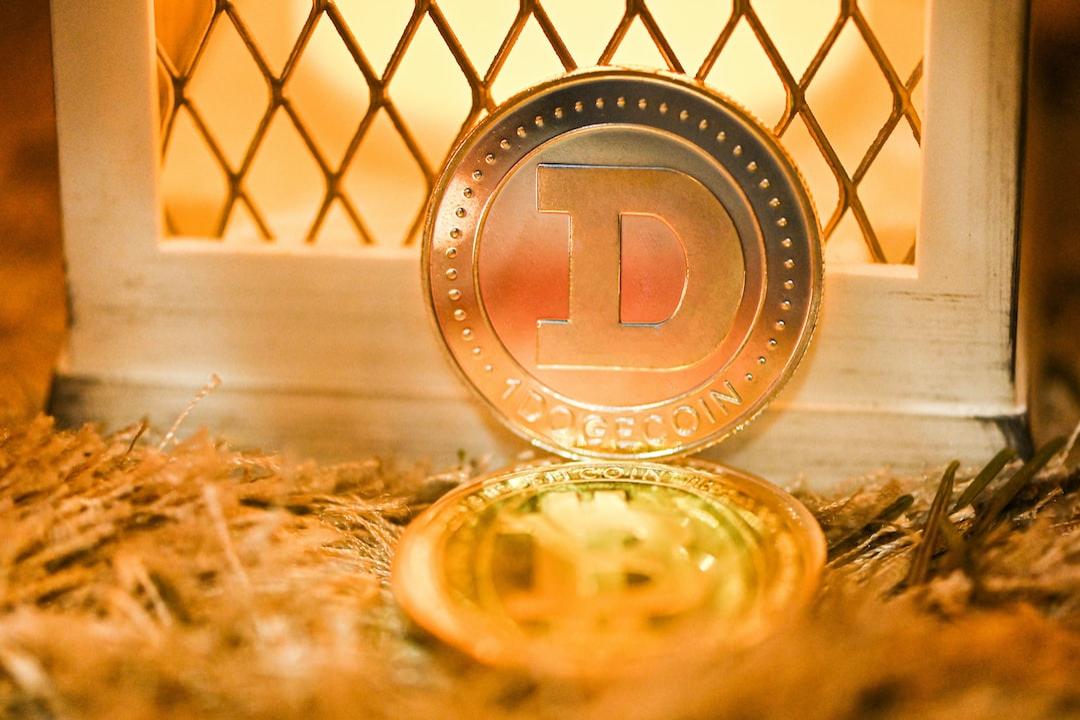CoinWorld.com reports:
Since the blockchain get-rich-quick myth gained popularity, newcomers continue to join the blockchain arena. Many initially perceive various projects through the lens of “financial schemes,” characterized as games of passing the buck, where early entrants feverishly recruit others before cashing out.
While this perception aligns with the financial nature of such products—akin to stocks or real estate, which require substantial initial investments to drive profits and gradual price increases—many investors fundamentally err by treating it as gambling rather than investment, seeking overnight wealth instead of asset growth.
Today, we use simple examples to analyze how to properly invest in projects rather than chasing overnight riches.
Firstly, before investing in any project, understanding three crucial factors influencing the blockchain market’s project development is essential:
1. The rapid evolution and popularity of internet technologies. Similar to a tree’s branches, the closer a technology is to its source, the longer its lifecycle and the higher its popularity. For instance, public chain projects represent the trunk of blockchain technology, while Dogecoin epitomizes its most vibrant fruit.
2. The scale of funds market conditions allow, determining the price ceiling. During the bullish 2021, the top ten market capitalizations were mostly around a trillion, now dwindled to below a hundred billion.
3. The source of a project’s success lies with its developers. Without the capability to sustain growth, even the best track cannot realize its potential value.
Each successful project finds its reasons in these three points.
Next, we’ll compare two representative projects: one mature and successful, and the other still developing at a lower market value. Analyzing their various aspects horizontally will show how to identify potentially viable investment projects:
1. Firstly, let’s examine SOL’s success factors, summarized mainly in two points: revolutionary public chain technology and significant institutional investments.
When SOL launched, the most pressing issues in public chains were speed and transaction fees. SOL targeted these areas specifically, significantly enhancing the practicality of public chain technology. As a result, its ecosystem expanded dramatically, attracting institutional investments and increasing its value assessment, thereby enhancing market trust and attracting more capital and individual investors. However, excessive institutional token holdings caused SOL to be affected during the FTX crash, illustrating another aspect of the problem.
Now onto the focus of this article: based on the experiences of successful projects, how do we discover the next successful project?
Taking AlveyChain as an example:
Firstly, the first step in investing in any project is to research its security or reliability. Blockchain projects disappearing with raised funds are not uncommon. For low market value small projects, there’s no foolproof way to judge this, requiring deep involvement in the project community for personal judgment.
Regarding AlveyChain, it has been operating smoothly for over a year, with the project team consistently proactive. Recently, they participated in Smartcon Blockchain Conference hosted by Chanlink and will host a VR conference in December. Clearly, the project team is actively enhancing the project’s value, making it a reliable investment.
1. Technological direction, commonly referred to as the race track. SOL falls under the public chain category, fundamental to blockchain technology, with a long lifecycle and vast development prospects. AlveyChain also focuses on public chain technology and is primarily oriented towards VR exchange, metaverse products. It’s widely recognized that VR is an essential component of the internet, affirmed by major corporations like Apple unveiling their VR goggles this year. Therefore, for AlveyChain, the technological direction is impeccable.
Other tracks such as chain games, memes, platforms, AI, etc., heavily rely on popularity and marketing and are unsuitable for long-term investment.
2. AlveyChain currently lacks public institutional investment. Depending on personal perspective, this can be positive or negative. If institutional investment were present, the project’s market value would be comparable to CORE or ARB, representing homogeneous projects unsuitable for high returns on small investments.
Since there is no institutional investment, research into the project’s financial strength is necessary, as substantial funds are required for its development. Although AlveyChain hasn’t disclosed its financial scale, its performance over more than a year suggests the project team’s personal financial capabilities are sufficient for substantial development.
3. Lastly, and most importantly, evaluating the project team’s financial capabilities as mentioned above is critical. Additionally, their personal capabilities, technological foresight, and market sensitivity need assessment, requiring as much project involvement as possible to understand their thoughts.
AlveyChain’s project leader Naur is highly active in their Telegram community, hosting numerous community meetings, allowing ordinary people to quickly assess their specific capabilities. Furthermore, researching the project’s subsequent development plan, as outlined in AlveyChain’s roadmap, focuses on developing Web6, Layer3, and other cutting-edge public chain technologies. Coupled with its inherent focus on VR metaverse, this underscores the project team’s exceptional capabilities.
In conclusion, viable long-term investment projects must possess several elements:
– Technological direction that remains relevant not just for years but throughout the entire blockchain lifecycle, ideally demonstrating foresight to lead.

